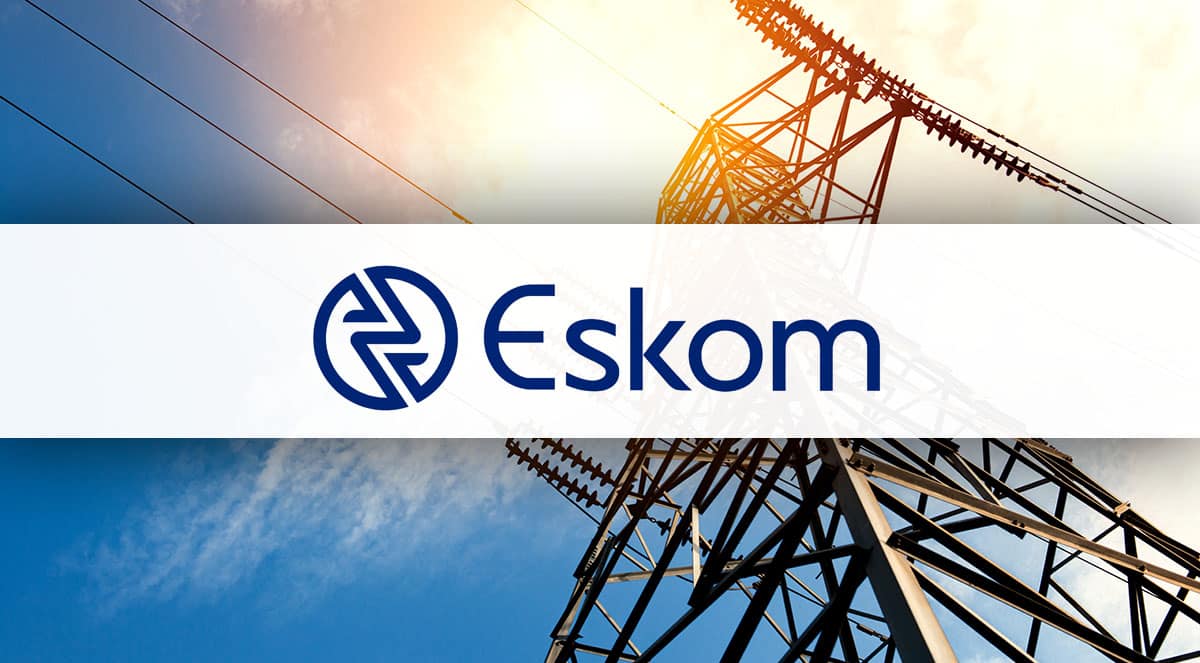For the last year the face of Eskom has been Brian Molefe. As the latest CEO to take the position at the head of a fairly unstable board, he has “saved” South Africans from load shedding – temporarily. He has also been generously awarded for his efforts with an almost R800 000 a month salary (excluding bonuses). Fair enough, he probably deserves it for keeping the lights on, although it’s a reward that remains debatable. Nevertheless, he is so confident that he’ll continue to deliver electricity he announced South Africans should forget about load shedding altogether. But should we?
The State of Molefe’s Solution
The author of the book “Blackout”, James-Brent Styan, was interviewed by News24 in August regarding the current situation. Even though his book was published while load shedding was riding high, he had some views on whether S.A can indeed call insufficient electricity a thing of the past. In his opinion there is still a chance that load shedding can be implemented, and here is why.
Unstable Management
Within the high rankings of Eskom itself there is a lot of controversy. In fact, only a few days ago the headlines surrounding the Eskom board members, and whether to kick them all to the curb, made several rounds. Simply put, the people in these positions don’t have the experience or qualifications to understand the situation. Malefe receives the benefit of the doubt, because he stepped into an already broken machine and load shedding ended under his watch, but the rest are proving themselves incapable.
As Styan points out in his interview, and speaking under correction, he believes there’s only one industrial engineer on the board. Only one engineer on a board that runs the whole country’s power grid? The risk of this unstable management alone can pull the rug right from under the crawling Eskom, not to mention bring back load shedding with a vengeance.
Outdated Strategy
It would seem Eskom is using a very outdated strategy in terms of infrastructure and handling future projects. A strategy that should be updated every two years by the government hasn’t seen any changes since 2011, leaving Eskom with a plan that should’ve worked five years ago.
The fact is that the power grid infrastructure is still in bad shape and there is confusion as to where everything is heading. One moment investments are made in nuclear and renewable energy, the next all the projects take a backseat due to a lack of finances. There is no clear direction on where Eskom is going to source electricity from when the demand picks up again. A factor that has been counting in Malefe’s favor is the decrease in demand. As the economy took an ugly dive, so did the people’s ability to afford power.
What’s even scarier is the tenders Eskom are giving to companies that have a reputation for corruption and not getting projects finished on time. One company in particular was headed by a very good friend of Jacob Zuma, the same guy who offered to build his Inkandla homestead.
What happens if the economy gets back on track and the demand for electricity reaches new heights, while the power grid works on a plan that hardly functioned five years ago? The only way to avoid a complete blackout is to implement load shedding.
Nobody can give a Straight Answer
Where Styan hits the nail directly on the head is the lack of transparency regarding our current resources. Molefe doesn’t want to give any details about how South Africa is going to function ten years from now, because nobody seems to know how long resources will last. All it takes is one crippling strike from unhappy employees, or a few power station failures to bring Eskom back into the same vulnerable situation it was. Which brings us to the credibility of Malefe’s statement about load shedding being history.
Can anybody who has lived in South Africa for the past five years truly believe it? If there is one thing we’ve learned, it’s that politicians and people who get paid $9 million per year will tell the public anything they want to hear, as long as they get their share.
Eskom Plays the Monopoly Game
Julius Malema may have ruined the use of the word “monopoly”, but it’s so fitting in this situation. Eskom has governed the South African power grid until now, and it will continue to do so for years to come. Independent companies have tried, but there simply is no room for competition where electricity is concerned. In other words, we are forced to deal with whatever Eskom decides to do.
Load Shedding is only gone for now
When it comes down to it, there is nothing to backup the statement Molefe made. Instead, we can point out a whole bunch of reasons why it can probably happen again in the near future. Without a decent strategy for moving forward or a good grip on how far our resources can actually take us, how much confidence can the public really have? At this point nothing is stopping a small crisis from pulling Eskom to its knees and giving new life to the load shedding epidemic.
It’s Your Choice
Putting your trust into government promises, or entities that are tied directly to it, is more than just a little gamble. But that is a story of bitterness we’ve heard a thousand times. The point is that load shedding remains a looming possibility, whether we choose to believe it or not. Now, you can choose to put your faith in Eskom and hope they actually do what they say (highly unlikely if history is anything to go by), or you can prepare yourself through alternative energy. Who knows, maybe this is your opportunity to break away from the politics that ultimately effect your quality of life. Just maybe it’s your chance to have some control where government has none.
